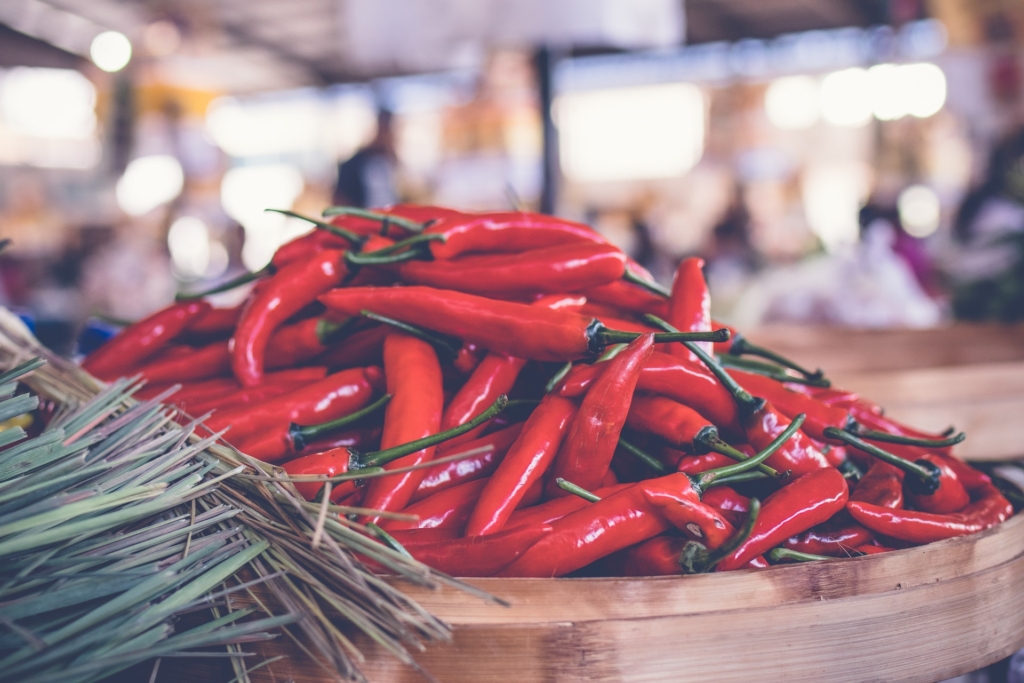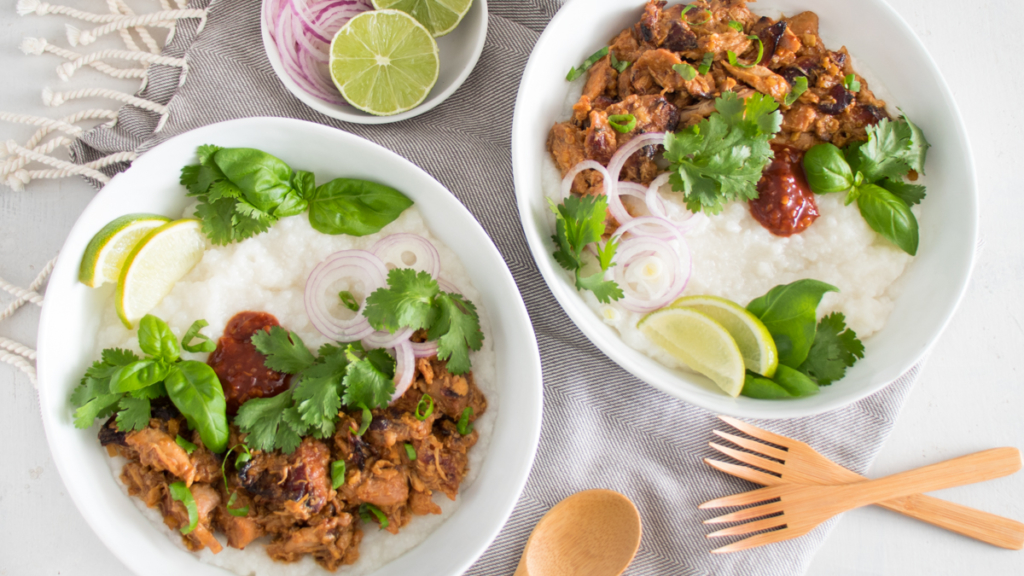Intense and earthy, sambal adds a powerful spicy kick to any dish.
What is it?
Sambal is a bright red, thick Indonesian puree comprised of chilis and other aromatic ingredients such as garlic and ginger. Most of us in the western hemisphere were introduced to this condiment via the distinctly spicy version sold by Huy Fong Foods (makers of the iconic rooster sriracha sauce). However, far from being just a grocery aisle impulse buy, “sambal” is a technical term used to describe hundreds of varieties of Indonesian, Maylasian, and Sri Lankan chili sauces.
History and production

Sambal has its origins in the series of islands that make up the Indonesian archipelago in the South Pacific. Chili peppers, the main ingredient, are not native to Indonesia and were first introduced to the region by Portuguese and Spanish traders in the 16th century.
Before the introduction of the chili pepper to the region, there existed a similar spicy sauce called cabya. Similar in many ways to sambal, this sauce used the Javanese long pepper as its base instead of the imported chilis from Central America.
Traditionally, sambal is made from chilis ground and pureed using a stone pestle and mortar. The more commonly available bottled versions are mass-produced in factories.
Various types of chilis are used depending on the type of sambal, but the most commonly used are cayenne peppers and birds-eye chilis. While chili is the main ingredient, sambal can also include garlic, ginger, shrimp paste, shallots, scallions, sugar, salt, and lime juice among other ingredients.
Flavor and uses

Sambal tends to have quite a complex flavor and each of the various versions have their own distinct subtleties. However, almost uniformly, sambal tends to have an intensely spicy chili flavor with earthy notes and a hint of salty sweetness.
Sambal can add a spicy kick to recipes and is an excellent substitute for fresh chilis when none are on hand. If you’d like to start including sambal in your meal rotation, start your day on a peppery note with our recipe sticky Thai chicken with coconut rice porridge. Alternatively, our recipe for spicy tahini tofu and noodles makes for an excellent and easy midweek dinner.



